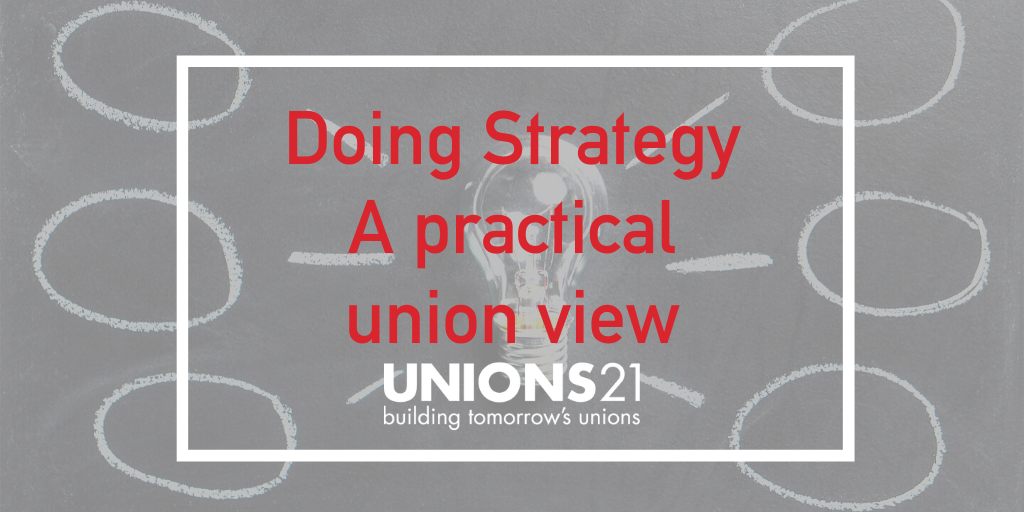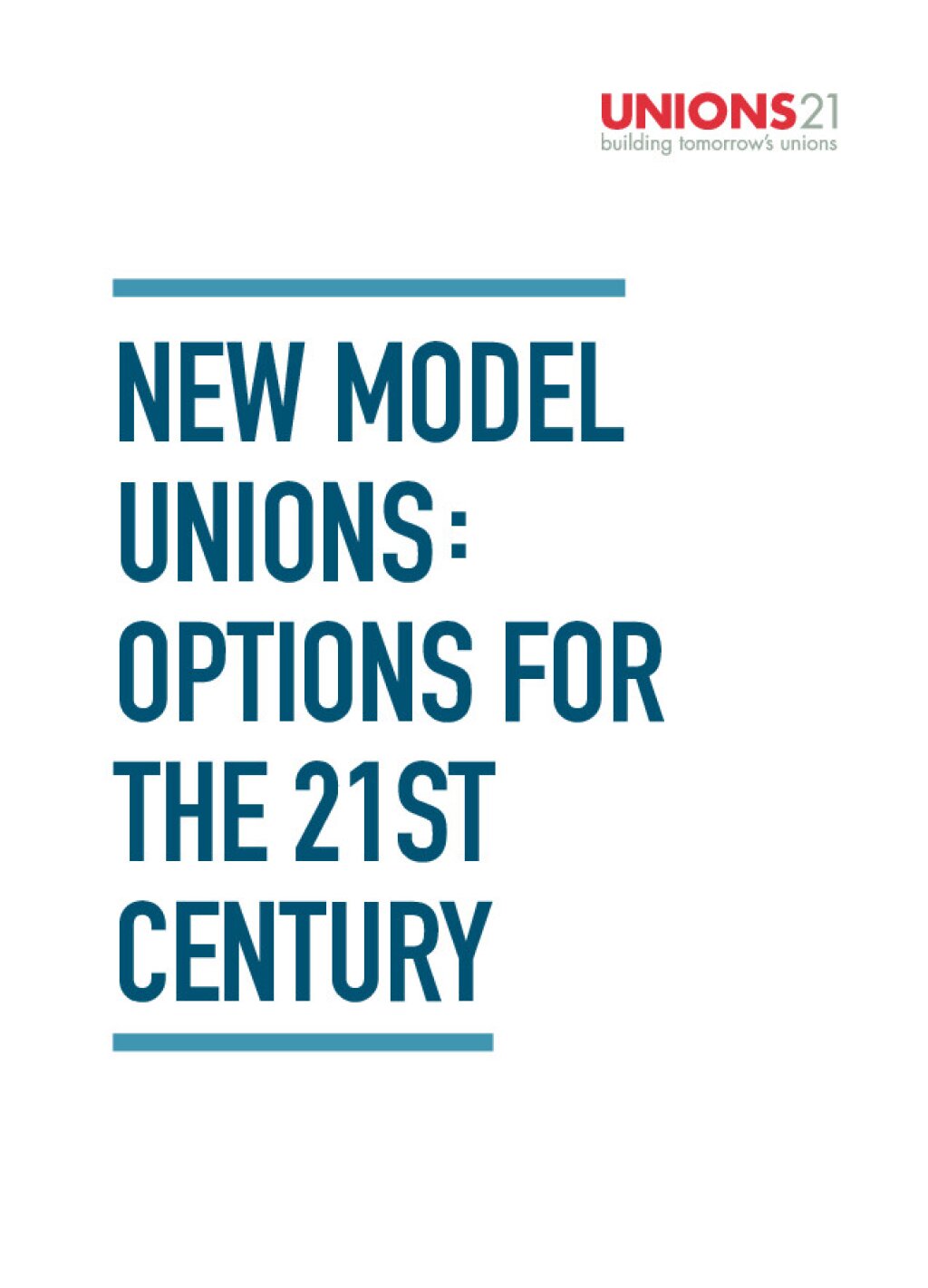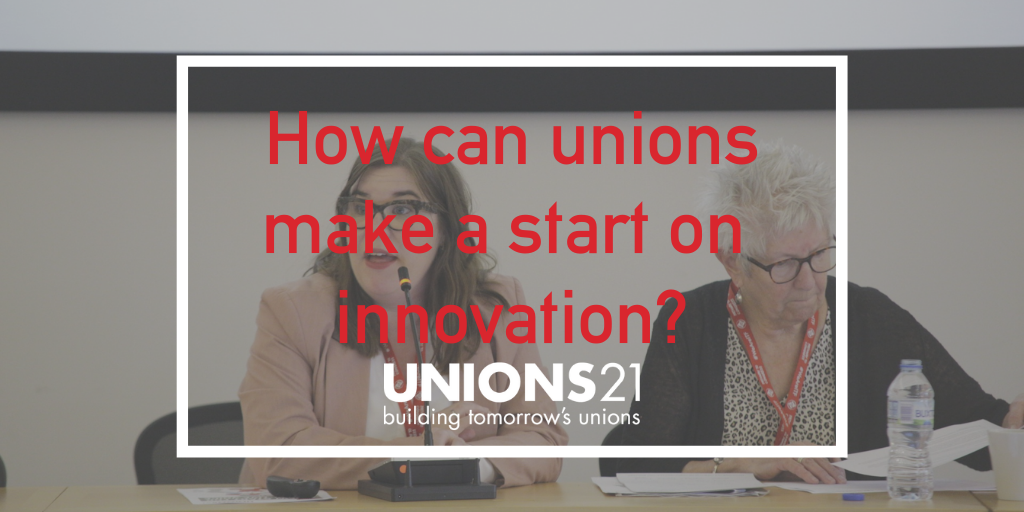By Rob Yeldham, Director of Strategy, Policy and Engagement, Chartered Society of Physiotherapy (CSP) | 5 min
We asked Rob Yeldham from the CSP to talk us through his role, what strategy means to him and how it’s done at his union.
Rob says...
By the end of the year, the CSP’s Council (our national executive) will have developed and approved a new three year strategy for our union, which is a medium sized union representing a single profession.
Let’s start at the beginning. When did your executive last ask the key strategic question - what is your union here for? The answer might not be so obvious. A check on union websites suggests most present themselves as being there to maximise the pay of members. However, look closer and you also see unions aiming to:
Provide a wide range of consumer services; including insurance, discounts and legal services
Representing one or more industries or professions beyond pay or employment concerns
Achieve fundamental social and political change
Be a community in their own right
In some cases, these may simply be ways to build the membership size to support collective bargaining or to influence politically. For some unions one or more of these could be a higher purpose.
We certainly don’t always look, sound or act like other unions, but that is a strategic choice. As a professional body, as well as a union, we probably express our purpose differently to most other unions. Being the way they organise as a community, providing a voice for the profession on non-industrial concerns, providing the services they need to practice as well as negotiating pay, terms and conditions are all important to our members.
From purpose, you can move to defining the best ways of achieving goals. Strategic planning is also about choosing approaches that will work in our specific context. We operate mainly but not wholly in the NHS, across the whole of the UK, Channel Islands and Isle of Man. Technology is changing healthcare but not at the pace of other sectors. We have limited competition for members. This context defines our challenges and opportunities.
The economic, social, technological, political and environmental contexts of other unions and your members will be different to some degree. This should influence what options you have, and what is most important to address. Even where unions are competing in similar sectors different strategic approaches may be valid, and even beneficial in extending the overall reach of the movement. Perhaps our strategies should be more varied than they currently seem to be?
Part of the strategic process is using member insight to refine your choices. Understanding what members, and potential members really think about your union, their perceived needs and their willingness to act should help define which strategic options are possible. There is no point trying to extend your membership eligibility into new areas if that will alienate your existing members enough for them to leave for example.
In redeveloping the CSP strategy, we started by confirming our existing mission with the elected Council. We then asked members, paid officers and external stakeholders about the potential changes in healthcare, physiotherapy and the wider environment which might need us to respond over the next 3-5 years. We worked with our elected Council to clarify underlying principles to how the CSP wants to operate.
We have then worked through the possible range of responses to these issues. Our elected Council decided which options to prioritise and which to drop, based on whether we are best placed to do things, the available resources and critically their understanding of which would best address the challenges they and the wider membership can see ahead.
We then put their priorities to the wider membership to test them via an online survey. In December, Council will make its final decision about our new strategy armed with this feedback as well as the advice of paid officers on our capacity to deliver against their preferred strategy.
But my job isn’t done when we have the new strategy on the CSP website. To be effective, strategy has to be a useful decision-making tool which we use all the time. At the CSP, we use our strategy to shape our annual plans and report to Council and everyone has a role to play in delivering it from the local activists to our Chief Executive.
In my view, the advantage of consciously “doing strategy” in a union are:
It enables our members; both the top elected reps and the wider membership, to shape the direction of travel but with out having to approve every small detail of what the paid officials do
It helps us to direct resources to the member priorities
It sets a framework from which we can plan our day-to-day work
A caveat on this. We do not think we are the perfect strategists at the CSP. We could be better at clear objective setting, and translating strategy into our everyday practice, but we are working at that.
We are pleased we can be involved in Unions 21 to share our experiences and ideas with colleagues from other unions interested in developing union strategies and planning. If you want to know more, get in touch!



